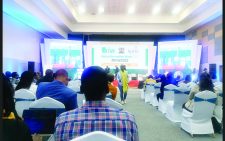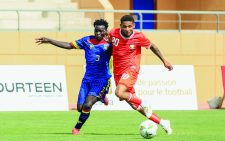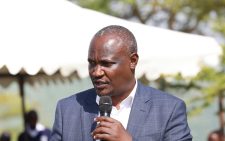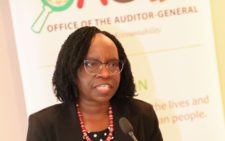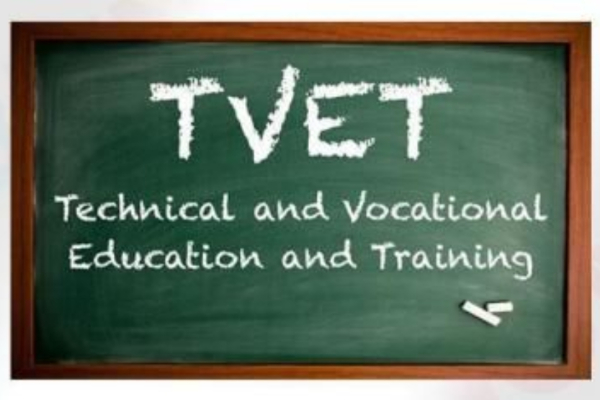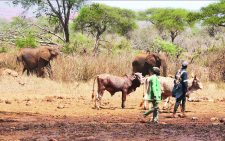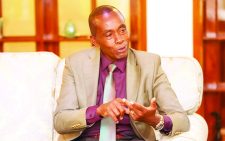Digital doctors tackle NCD’s nutrition burden
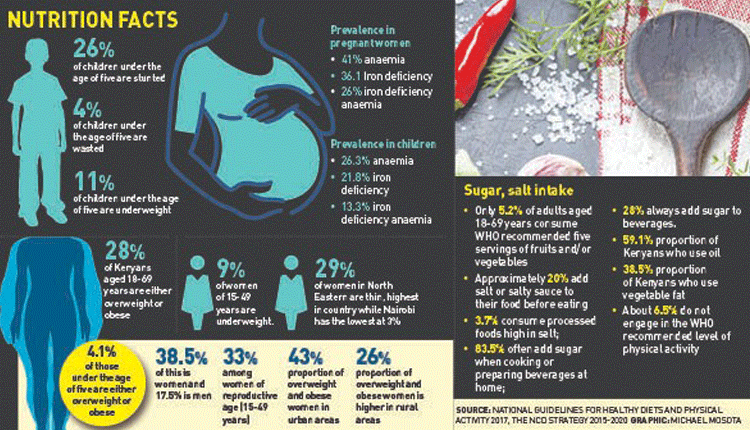
Michael Mosota
Judy Wanja, 65, is used to exercising and eating a healthy diet. The mother of three knows how much time she sleeps, including duration of deep, light sleep and wake up time.
She even knows how many calories she sheds every time she takes a walk.
Her jogging suit, calorie calculator and a stop watch always stay next to her bed.
And the constant reminder from family members and peers has only boosted her resolve to remain healthy.
“I have become so disciplined when it comes to my health and diet. Sometimes I do my morning exercise while my husband is still sleeping.
Exercising and watching what one eats is critical for good health and life,” she says.
Wanja is prediabetic, meaning she has a higher than normal blood sugar level.
At this stage, it is not high enough to be considered type 2 diabetes; however, without lifestyle changes, adults with the condition are more likely to develop type 2 diabetes.
Although the exact cause of prediabetes is unknown, but family history and genetics appear to play an important role.
Another important factor is lack of regular physical activity and being overweight with excess fat around the abdomen.
For Wanja, a civil servant, who had been exercising since the 1970s, trouble started when she was transferred to the Permanent Secretary’s Office in Nairobi in early 2009.The work schedule was so tight she never continued with her work outs.
“By this time I had abandoned doing exercise. I did not know I had developed the condition, until some random medical checkups in 2010 revealed otherwise. I was told by the doctor that I was pre-diabetic,” she says.
The fact that her parents had died from diabetes confounded her health situation further.
“If I was to continue surviving, I had to take a lot of precaution with my health,” she offers.
Underlying conditions
The impact of Covid-19 pandemic on people with underlying health conditions remains a big challenge even as the country continues to tackle the virus.
Diabetes is top of the coronavirus risk list, albeit, for a good reason. Experts say high levels of sugars in the blood can dampen the immune system, making one prone to catching infections or suffering from their complications.
Current evidence shows people with diabetes of any kind are most at risk of developing complications during the pandemic.
However, during such crises, nutrition solutions to manage underlying conditions is key.
“Very few people, even trained healthcare workers recognise the importance of nutrition therapy in addressing diseases such as diabetes, hypertension, chronic kidney disease or gout,” says Sharon Olago, founder and managing director of Lishe Living, a digital wellness and nutrition platform for people living with non-communicable diseases.
“Most doctors dealing with diseases that can definitely be managed well through nutrition rarely work in partnership with nutritionists to make sure that the overall burden of disease is reduced,” she adds.
Wanja is among more than 280 patients that have benefited from Lishe Living, a nutrition technology tailored to provide dietary recommendations for patients.
“When Covid-19 hit, everybody was in a panic mode. For people with existing conditions, it was worse. I decided to take my health very seriously,” she says.
The associated Covid-19 effects on underlying conditions worried her to the core. She soon got wind of the innovation from a friend early last year.
Lishe Living launched its innovative platform in 2019 after successfully pitching the idea at the Nairobi Innovation Week.
Lishe Living is a product of a learning curve. The 2017 International Food and Technology conference became the breaking point.
“After the conference, I sat down and did my research and realised the society approaches food security in a way to make sure people are full.
It was obvious, this falls short of what is required to be healthy,” she narrates.
But how did Lishe Living went full blown on individual nutritional therapy?
“At the onset of the pandemic, I received a call from the Kenya Defeat Diabetes Association to come up with a solution for their members, who were at high risk of dying from Covid-19.
We decided to run an online clinic on WhatsApp with two trained medical microbiologists and two nutritionists to offer individualised nutrition programmes to 400 members,” Sharon says. The response was overwhelming, she adds.
Today, Lishe Living recommendations is changing lives of patients with NCDs, who admit that their eating habits have changed for the better.
Wanja joined during the onset of the pandemic last year. She would be put on an intense 10 weeks programme on weight loss and nutrition. Though a tough call, it has paid off, Wanja notes.
“Through Lishe Living, I have been made to understand which starchy food to eat that do not spike my sugar level, different times to eat breakfast and at what intervals. I was not used to eating fruits, but now I must eat it every day,” says Wanja.
“In most hospitals I have attended since I had this condition, most doctors prescribe medication. But with the technology, we are told what to do,” she adds.
“Before I joined Lishe, my sugar level in the morning used to hit up to nine, but now it has been stable from five to seven.My cholesterol level was 5.7 which is actually the borderline.
With all the intervention it has come down to four without any medication. “I have also reduced taking the diabetes medication by half,” she adds.
When she was told to take pictures of what she ate every day, it sounded out of place.
“Why would I send photos of everything I eat?” she recalls wondering.
Although Wanja, like any other patient had interacted with a lot of nutrition education in many hospitals she visited for therapy purposes, it didn’t involve any of these.
“I was told to take a picture of what I ate every day and send. The nutritionists would then take me through the process, tell me the specific nutrients I consume, compare it with what I am supposed to be consuming depending on what I suffer from,” Wanja explains.
Today, Wanja is conscious of her diet. She has since initiated her family members too.
“When I attend family gatherings or parties, my family make sure I don’t eat starchy food,” she notes, adding that they have nicknamed themselves ‘exercising family’.
There is a critical need to individualise nutrition therapy, according to Olago.
What is still clear though, is that dreams to have all Kenyan residents have access to essential health services, especially with the mantra ‘universal health coverage’ remains a challenge.
Although the president promised to push for policies to spearhead expansion of affordable healthcare coverage, a lot more still needs to be done, says Olago.
Interestingly, nutrition is not part of UHC.Lishe living intends to bridge the gap by making sure they provide services through technology to lower cost for government and counties.
“With technology, we are able to key in those foods, find out their specific nutrients and compare them to what is required to address specific disease one suffers from,” explains Olago, who used to work with USAID’s food and nutrition programme.
Wanja has also learnt a lot from the WhatsApp group that helps the patients narrate their experiences, triumphs and discoveries while using the technology.
“When I started taking half medication, at one point I fainted. I shared it in the group and the nutritionists from Lishe Living advised me on what to do. I have since not had any similar experience.
When they don’t see my comments, they call and ask whether I’m okay. We have become one big family,” says Wanja.
How it works?
The technology mimics normal medical nutrition therapy care process, explains Olago.
The company has leveraged technology to bring on board Kenyans looking for personalised nutrition therapy.
“When a client walks in, we first conduct a nutrition assessment that entails collecting, classifying and synthesising data that relates to body measurements, diet.
It is then followed by a diagnosis where a nutritionist or dietician identifies and labels the existing nutritional problem,” she says.
Thirdly, a nutrition intervention is conducted on the patient, dependent on what they require including meal planning.
Nutrition monitoring and evaluation is conducted on clients every month especially those on subscription model.
“Eating or exercising habits are very hard to identify on your own. You need someone to realise that on a particular day when you didn’t exercise, this is how you reacted in terms of eating. We act as accountability partners to our clients,” Olago offers.
Support and Mentorship
Last year, the company was part of Villgro Africa’s grantees in the open call for Covid-19 response solutions.
Diagnostic panels and the mentorship programme from Villgro Africa have boosted the company’s profitability and sustainability, explains Olago.
“A part from the grant that helped us sustain our nutritionists’ contributions, we got a lot of technical support, which is more beneficial to us,” she notes.
Unlike Tuberculosis, HIV/Aids and malaria, access to care for most NCDs such as diabetes is a major problem, especially among the poor, a situation that has been exacerbated by the pandemic.
But beyond policies and government initiatives, Dr Tony Onyango a medical microbiologist at Lishe Living says, there is need to recognise the role nutrition plays in our health.
“In some hospitals that offer nutrition services, it is the doctors or nurses that does it instead of a qualified nutritionist. Some of these processes are prone to errors,” explains Onyango.
Wanja is optimistic when she visits her physician in two months’ time, the progress will be telling.
“I was not used to eating the fruits and vegetables, but now I must eat them every day,” she says. The retired secretary has a word for young people:
“When you are still young, make sure you do a lot of exercises,” Wanja says in conclusion.
